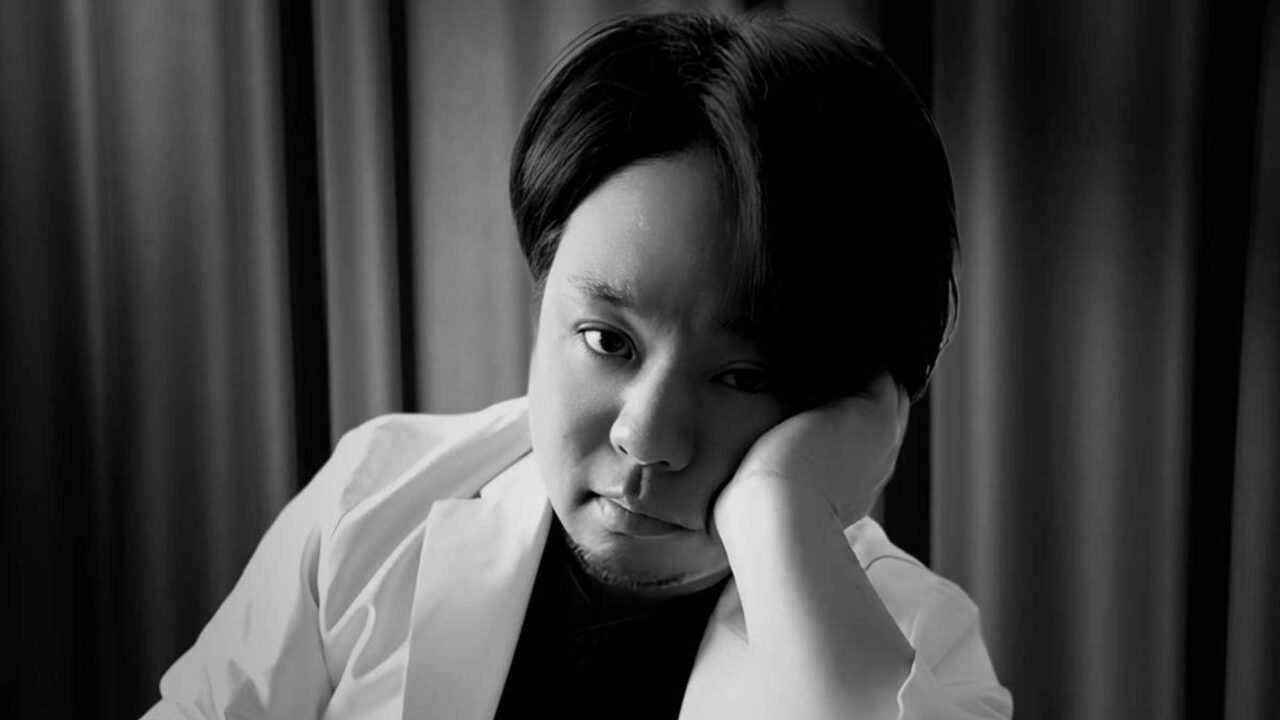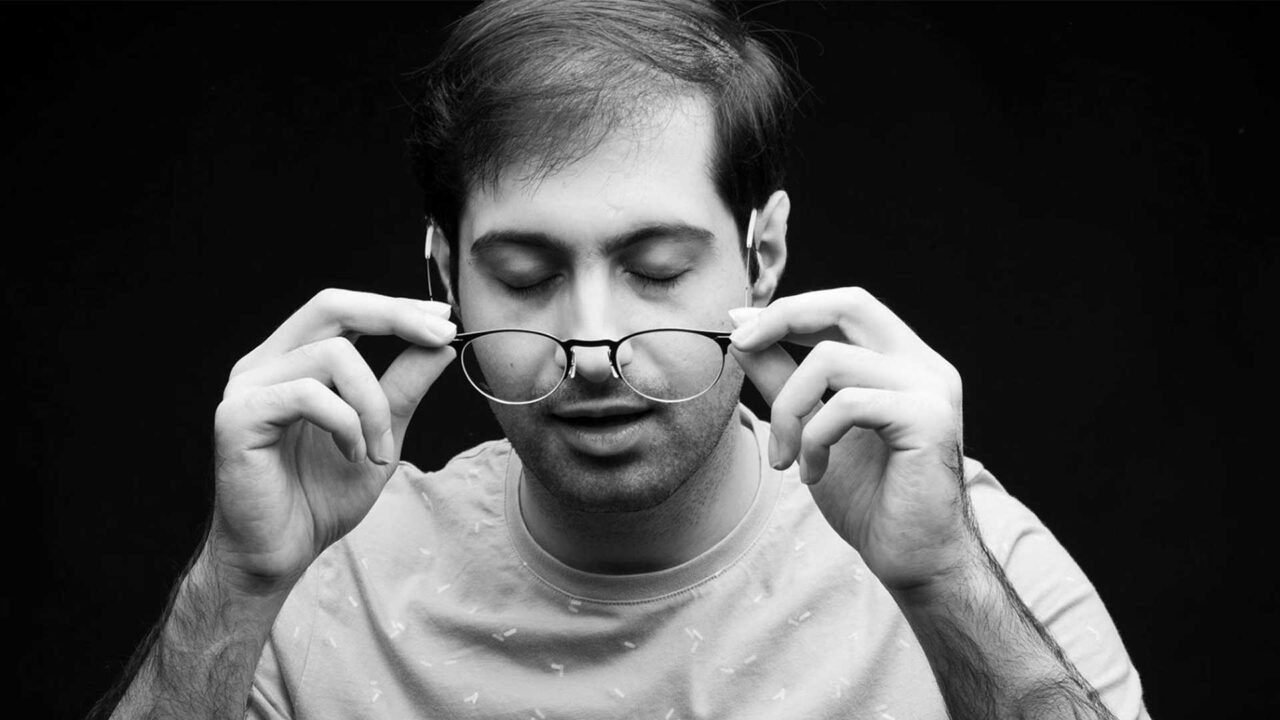
Yujin Cao & Liwei Shen Weave Ecology and Identity in City Spine
July 8, 2025
Weilong Gao Rethinks E-Learning with AI-Powered WisdomPlan
July 8, 2025Mengxi Liang
Based in New York, architect Mengxi Liang focuses on socially and ecologically engaged design, drawing on global experience and a commitment to community-centred architecture. She sees experimentation as essential to rethinking spatial relationships and amplifying local agency.
My name is Mengxi Liang, and I’m a licensed architect based in New York. I’ve had the opportunity to work on projects across the U.S., the Middle East, and Asia, with a focus on public architecture that integrates environmental responsibility and cultural relevance. What drew me to design was a fascination with how spaces shape people’s everyday lives.
Over time, I came to see how design can express identity, foster connection, and address broader ecological and social challenges. That perspective continues to inspire my work today—I’m guided by the belief that architecture should respond thoughtfully to both its context and the communities it serves.
Being recognised by the London Design Awards is both an honour and an encouragement. It affirms the values I try to bring to my work—thoughtfulness, clarity, and a commitment to socially and environmentally responsive design.
This recognition is especially meaningful because it celebrates not just aesthetics, but the intention behind the work. It motivates me to keep exploring how design can contribute positively to our cities, landscapes, and everyday lives.
This recognition has brought meaningful visibility not only to the project but also to the values I strive to uphold in my work. It has helped elevate my voice within the professional community and opened new doors for dialogue and collaboration around sustainable, context-sensitive design.
On a personal level, it’s been a moment of affirmation, encouraging me to continue pushing boundaries and deepening my commitment to design that responds thoughtfully to place, people, and the environment. It’s also sparked new connections and professional opportunities that I’m excited to build on moving forward.
Experimentation plays a central role in my creative process—it allows me to navigate complexity, question inherited systems, and imagine new spatial relationships grounded in justice and ecology. I see it as a method of inquiry that connects research, design, and advocacy.
In Rooted Inhabitation, we worked within the highly fragile coastal landscape of Bangladesh—an area deeply affected by environmental degradation, failed infrastructure, and uneven power dynamics. Through design experimentation, we explored how architecture could serve not just as a physical intervention, but as a tool for rebalancing ecological and social systems.
This meant testing new hybrid typologies that integrate mangrove restoration with everyday inhabitation, and rethinking spatial strategies that could return agency and stewardship to local communities, particularly women.
These experiments were guided by historical research, stakeholder mapping, and environmental modelling. Rather than imposing solutions, we used the design process to uncover and support more equitable, resilient ways of living with water and land. That spirit of iterative thinking—grounded in context, care, and critical questioning—continues to shape how I approach design challenges.
One of the most unusual yet powerful sources of inspiration came from the lived experiences of women in the coastal villages of Bangladesh. Their stories—shared through community interviews, oral histories, and local reporting—offered an intimate glimpse into daily life shaped by shifting tides, failed embankments, and the ongoing struggle for freshwater access.
Listening to these narratives encouraged us to view infrastructure not just as physical systems, but as everyday practices of adaptation and care. This shift in perspective became a key driver in our design process, guiding us toward interventions that honour local resilience and foster a more reciprocal relationship between people and place.
One thing I wish more people understood about the design process is that it’s not linear or purely aesthetic. It’s a layered, iterative journey that involves listening, researching, questioning, and often revisiting assumptions. Good design doesn’t begin with form—it begins with context: understanding the systems, stories, and stakeholders that shape a place.
Especially in projects rooted in ecological and social issues, like Rooted Inhabitation, the process is as much about care and negotiation as it is about creativity. The most meaningful solutions often emerge from this depth of engagement, not from a single idea, but from a series of thoughtful choices built over time.
Balancing client expectations with design intent is always a nuanced part of the process. I approach it as a dialogue rather than a compromise. It begins with understanding the client’s goals—not just what they want, but why—so I can align those needs with deeper values embedded in the project.
When the vision is grounded in strong research, clarity of purpose, and responsiveness to context, it becomes easier to build trust and advocate for ideas that might initially seem unexpected.
Rather than pushing a fixed outcome, I try to frame design proposals as opportunities, showing how thoughtful, even unconventional, approaches can serve both the client’s objectives and the broader community or environment. When there’s transparency, empathy, and shared curiosity, the process becomes collaborative, and the result is often richer than either side initially imagined.
One of the main challenges in Rooted Inhabitation was navigating the complexity of environmental fragility, social inequity, and limited access to firsthand community input. We addressed this through in-depth research, drawing from field recordings, local histories, and policy analysis to ground the design in real conditions.
Another challenge was translating that knowledge into spatial strategies that could support both ecological restoration and community agency—especially for women. By focusing on adaptable, responsive systems rather than fixed forms, we were able to design with care and clarity despite the constraints.
I’m deeply guided by a sense of responsibility, both environmental and social. Growing up between different cultural and urban landscapes made me sensitive to how design reflects identity and shapes belonging.
That experience instilled in me a respect for context and a belief that architecture should respond to real needs while honouring local histories and ecosystems. In my work, I try to infuse values of care, clarity, and resilience—designing not just for aesthetics, but for long-term impact.
If I could collaborate with any designer, it would be Lina Bo Bardi. Her work moves seamlessly between architecture, furniture, and exhibition design—but what inspires me most is her deep sensitivity to place, culture, and the everyday lives of people.
She had an incredible ability to create spaces that were both radical and deeply human, celebrating imperfection, participation, and local craft. I would have loved to learn from her intuitive approach to materiality and her belief that architecture can empower and connect.
I wish people would ask, “What kind of change do you hope your work creates?”
Because for me, design isn’t just about making spaces—it’s about making a difference. I hope my work helps people feel more connected to their environment and to each other. I want it to support more sustainable ways of living, and to give voice to communities that are often overlooked. Even small shifts in how we build or think about space can lead to meaningful change.
Winning Entry
Rooted Inhabitation | 2025 London Design Awards
Our project examines the highly vulnerable coastal environment of Bangladesh, where the delicate balance between freshwater from rivers and saline water from the Bay of Bengal shapes the landscape. This region is severely impacted by frequent tropical cyclones, threatening both human... (read more here)
Mengxi Liang
Based in New York, architect Mengxi Liang focuses on socially and ecologically engaged design, drawing on global experience and a commitment to community-centred architecture. She sees experimentation as essential to rethinking spatial relationships and amplifying local agency.
Read more in An Interview Through Thoughtful Motion Work of Galina Tretyak here.






